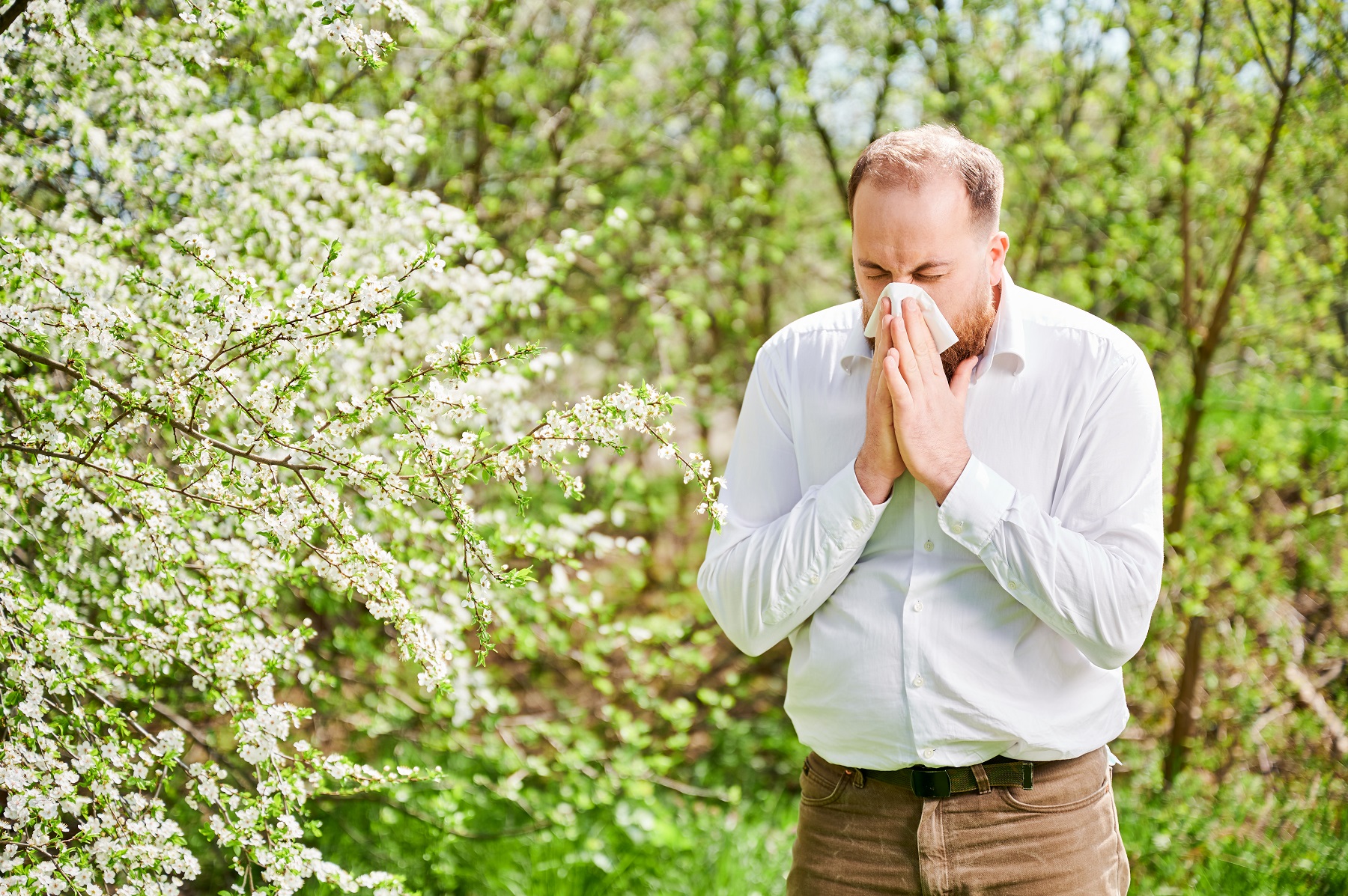
Spring is a season eagerly awaited for its renewal and mild temperatures. However, for many people, it also marks the return of seasonal allergies, particularly those caused by pollen. These allergies can cause bothersome symptoms such as sneezing, itchy eyes, nasal congestion, and, in some cases, asthma attacks. Understanding the causes of these allergies and adopting appropriate preventative measures can significantly improve quality of life during this time.
Spring allergies, often referred to as seasonal allergic rhinitis or “hay fever,” are primarily triggered by pollens released by flowering trees, grasses, and weeds. When these pollens are inhaled, some people’s immune systems mistakenly identify them as harmful invaders, triggering an allergic reaction. Common symptoms include sneezing, runny nose, itchy eyes, nose, and throat, as well as nasal congestion.
Climate change has a significant impact on the pollen season. Studies have shown that global warming prolongs pollination periods and increases the concentration of pollen in the air, thus exacerbating allergy symptoms. In addition, increased carbon dioxide (CO₂) stimulates the production of allergenic pollen, while urban pollution can damage pollen grains, making them easier to penetrate the respiratory system.
To reduce the impact of spring allergies, several measures can be adopted:
If symptoms persist despite precautions, several treatments are available:
It is essential to consult a healthcare professional to assess symptoms and adjust treatment.
By adopting these simple strategies and remaining attentive to environmental factors, it is entirely possible to better experience the spring season. Better informed and well prepared, everyone can enjoy the return of sunny days without allergies spoiling this moment of renewal.